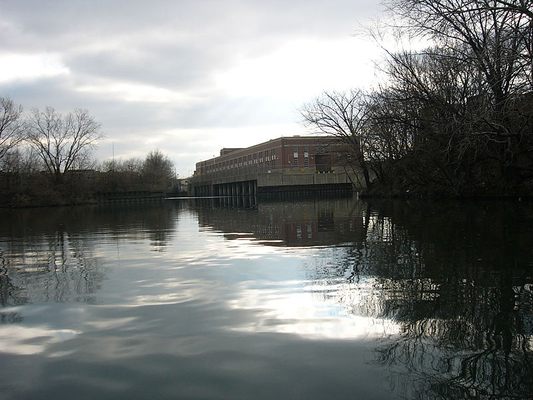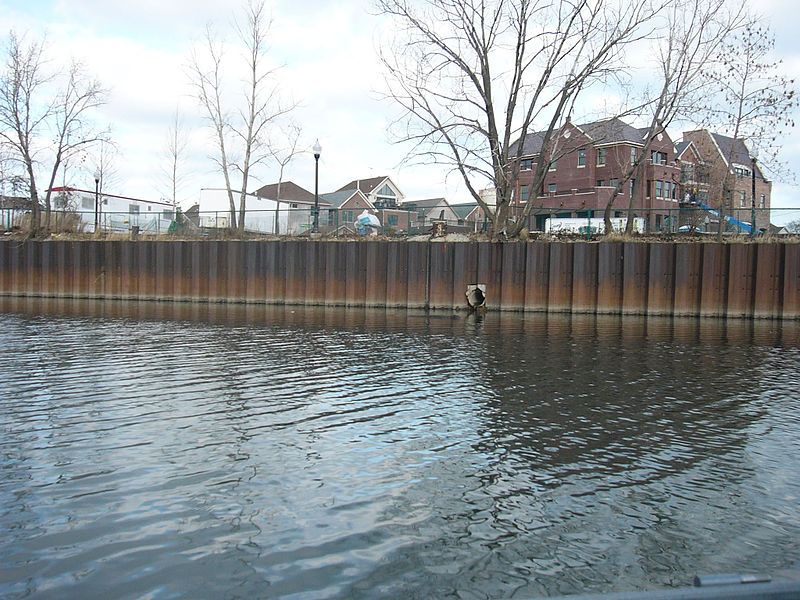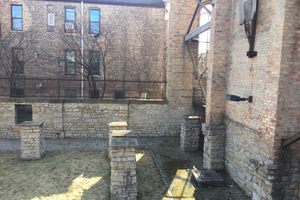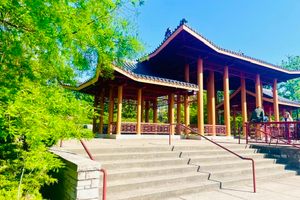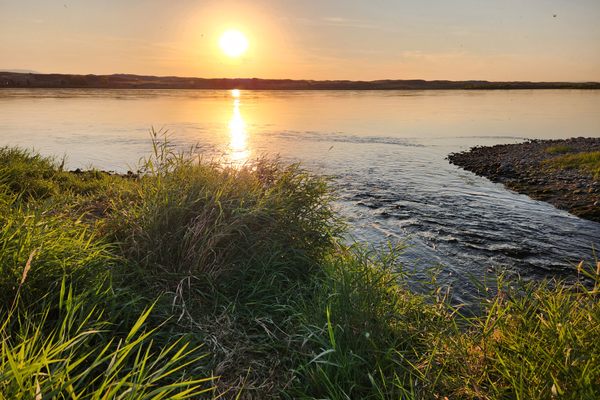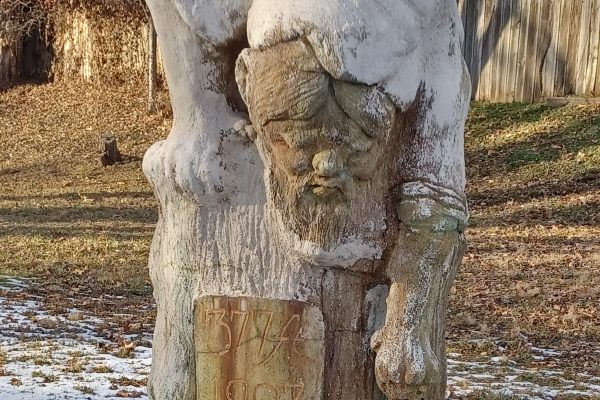About
In Upton Sinclair's 1906 The Jungle, the journalist exposed the meatpacking plants of the US as being corrupt, unsanitary industrial nightmares after infiltrating the Chicago stockyards.
His exposé was meant to raise awareness of the plight of the early 20th century American factory worker, but it was the disregard for food safety that the public latched onto as the real travesty. The outcry pressured a very irritated President Roosevelt to take action, and the end result was the passage of the Meat Inspection Act and the Pure Food and Drug Act of 1906, the first incarnation of the Food and Drug Administration. While Sinclair (a staunch socialist) remained disheartened that Americans seemed to care more for their own stomachs than for their fellow man, Bubbly Creek stands as a tenacious example of the importance of regulation.
Once a wetland, channels were dredged through to expand the South Fork of the Chicago River in the 19th century, to accommodate for the rapid population growth. The meatpacking businesses in the Union Stock Yards located at the end of the manmade creek felt that the waterway was the perfect spot to dump their putrid waste, filling the waters with the stinking blood, entrails, and various chemical wastes of their trade. The amount of waste contaminating the creek, it began to bubble from the decomposition, a frothing pool of methane and hydrogen sulfide gas. It eventually got to the point where a layer of black tar-like sludge rose to the surface, thick enough to walk on in some parts (stories exist of people accidentally wandering out onto it and sometimes falling through as if it were ice). These putrid, toxic, floating sludge-bergs caught fire (with the gasses) multiple times, and most disgustingly, were, as part of a scheme by some harebrained entrepreneurs, hacked into blocks like peat under the cover of night and rendered into a lard-like substance to be sold to consumers!
Nicknamed "Bubbly Creek," the two most toxic streams making up South Fork were eventually filled. Programs to reduce the stench of death still rising from the waters has been somewhat successful, and vegetation and wildlife are making a slow but steady comeback. Largely stagnant, the creek poses unusual challenges, but the City of Chicago and the Army Corps of Engineers are still considering restoration options, many involving restoring an oxygenated ecosystem by installing wetlands and injecting compressed air into the brackish waters.
While the fish and the plants seem to be willing to give Bubbly Creek (which still occasionally bubbles on a hot day) a chance and officials are encouraging Chicagoans to use the area for boating and other recreational activities, project manager Rob Sulski of the Illinois EPA contends that "No one is advocating swimming in that waterway."
Related Tags
Community Contributors
Added By
Published
February 21, 2014

